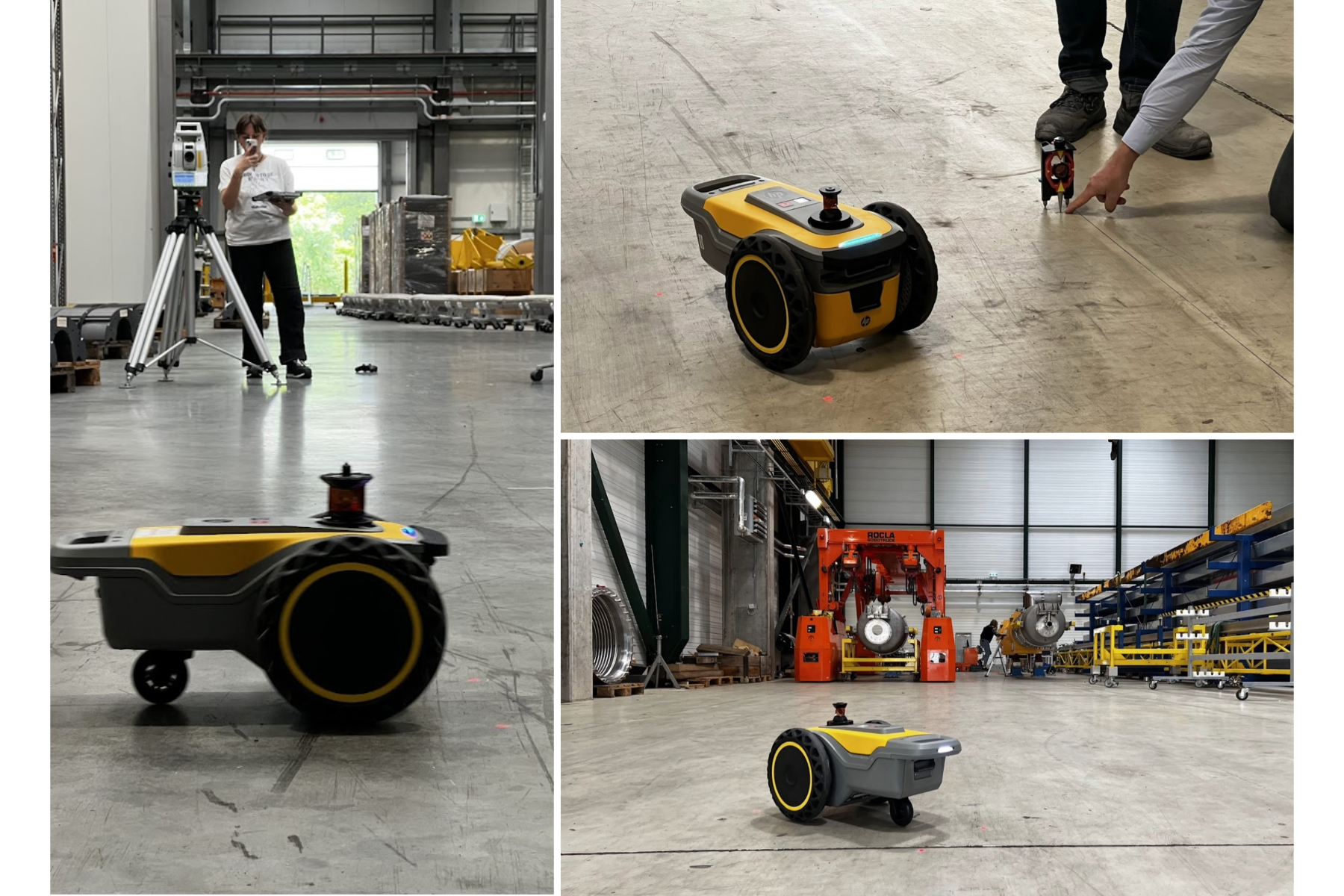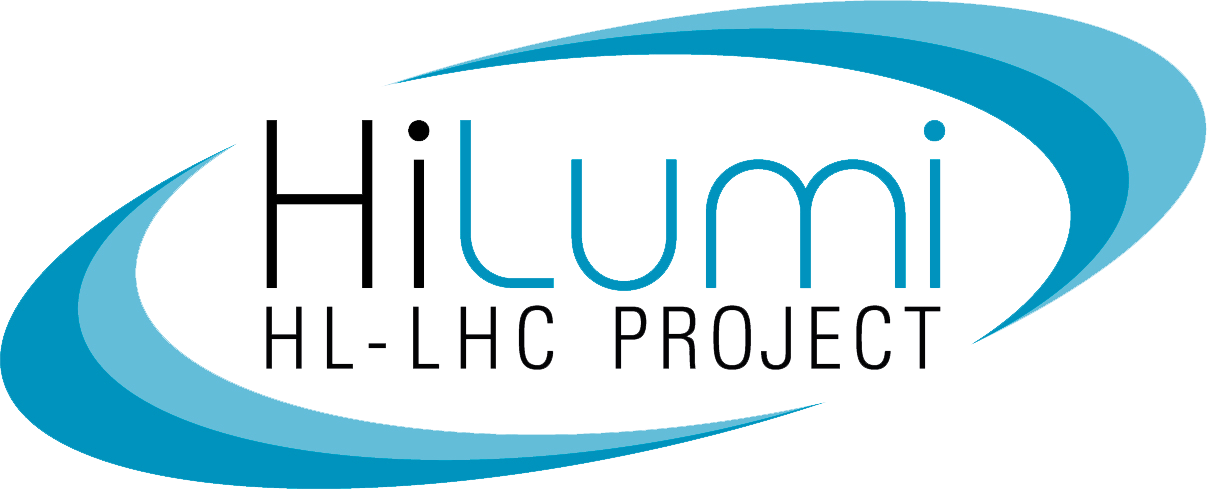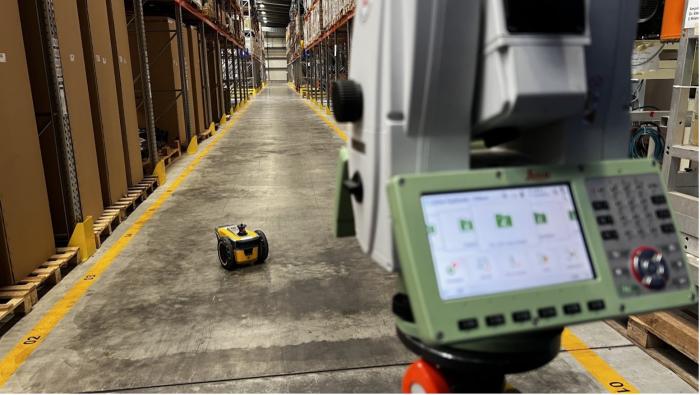By Anna-Sarah Mezzatesta, Kacper Widuch and Jean-Frederic Fuchs (CERN)
The CERN Survey team (BE-GM-ASG) took a major step towards modernising how floor markings are performed in the LHC tunnel, with the introduction of the HP Site Print tracing robot. This new solution will play a key role in preparing for the installation of HL-LHC components.
Accurate marking on the tunnel floor is crucial for installation teams, both for beamline and non-beamline equipment, enabling them to position their components precisely where they need to be. This step is vital to the success of the HL-LHC installation, particularly as the new machine and services will make the tunnel space more crowded than ever before. Traditional tracing methods, carried out manually by surveyors, are time-consuming and tiring over long distances. The adoption of a robotic solution promises to improve efficiency, reduce workload, and standardise the process.
The HP Site Print robot uses input data to autonomously mark reference lines and installation points directly onto the tunnel floor. Implementing a new workflow required a joint effort involving equipment owners and Survey and Integration teams, who worked together to define common references and ensure readiness for Long Shutdown 3 (LS3).
'My role was to experimentally validate the robot, testing it in real tunnel conditions, and to establish the workflow that will allow an efficient definition and collection of the input data. This process was a collaboration between every team involved in the project to prepare for the next steps,' explains Anna-Sarah Mezzatesta, a master’s student in Survey Engineering who worked on the first phase of the project.
The next milestone will be the validation of input data in the second quarter of 2026, a key step towards the full-scale deployment of robotic tracing for HL-LHC installation. With this approach, CERN’s surveyors, equipment owners, and integration teams are laying the groundwork for faster, more-reliable tracing that will support the ambitious installation schedule of the HL-LHC.

Figure 2.HP SitePrint during tests at CERN done by Anna-Sarah Mezzatesta (left), and during demonstration at CERN (top and bottom right). Photos: Kacper Widuch / CERN

